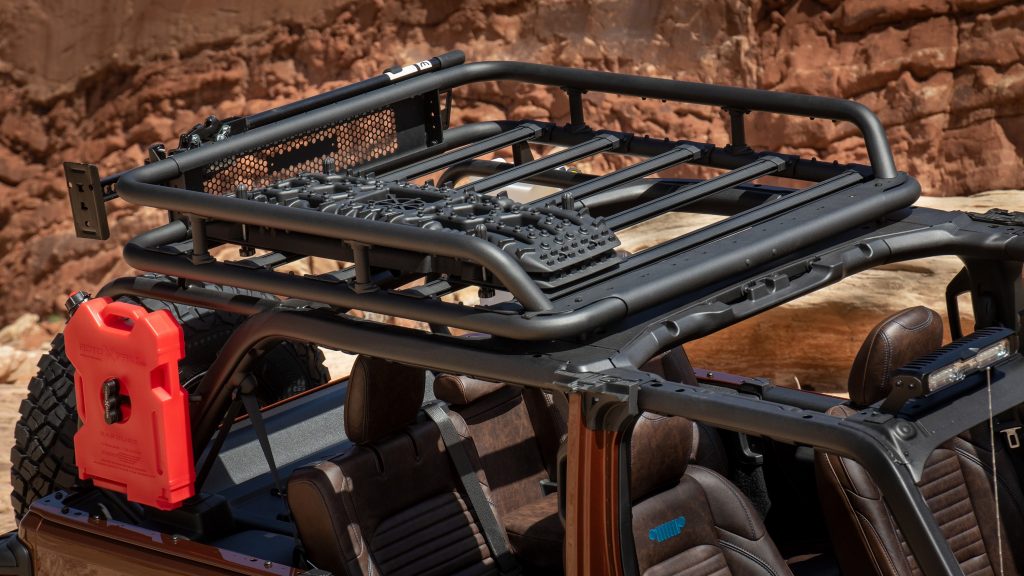Renewed Toyota Sequoia and its direct rivals are officially SUVs. In practice, they show the same qualities that used to make station wagons popular
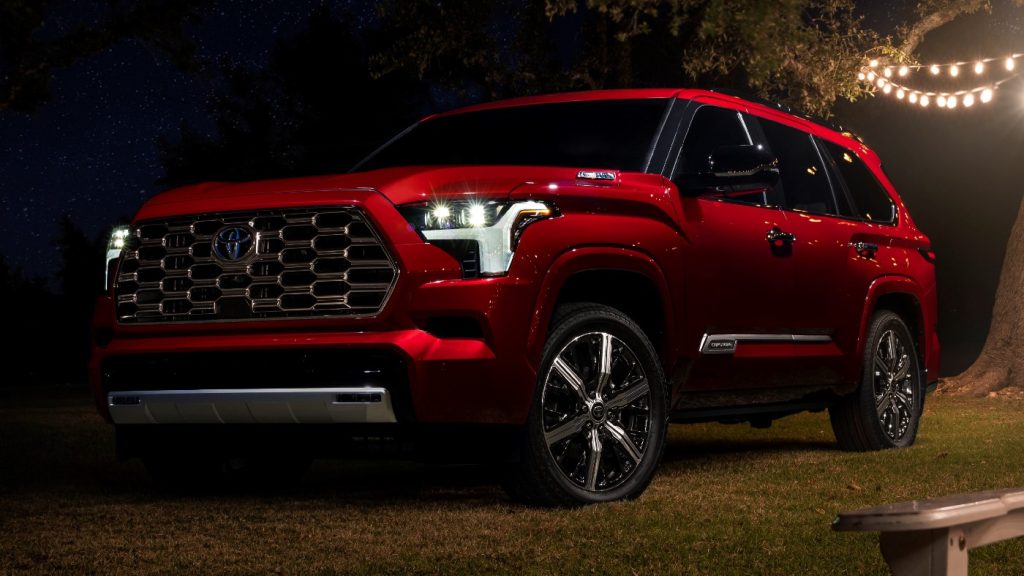
- New Toyota Sequoia debuted as a full-size SUV with family orientation
- SUV segment has grown so much that it now has several subdivisions
- Some cars attract buyers for the same reasons station wagons once did
There is a saying in Brazil which one could literally translate as “you have to dance to whatever music is playing”. In short, it means that we must adapt to the situation we are currently facing. That often implies that trying to fight it would actually make us succumb. While it seems grim at first, it is easy to see how it can apply to life.
Now, before enthusiasts throw rocks at me, let me make it clear: I like station wagons. I grew up in the 2000s, when they were still popular despite the rise of minivans. In fact, one of my favorite car models of all time is the Fiat Marea Weekend. And I say it even though I know it will probably not help my case against the rock throwing…
The case in point here is the market segment we typically refer to as “standard SUV”. The newest representative of such group is the second-generation Toyota Sequoia. Over the past few years, it has changed in ways that move away from what we know as SUVs… And toward a lot of what composes our beloved station wagons. Let’s give that a look.
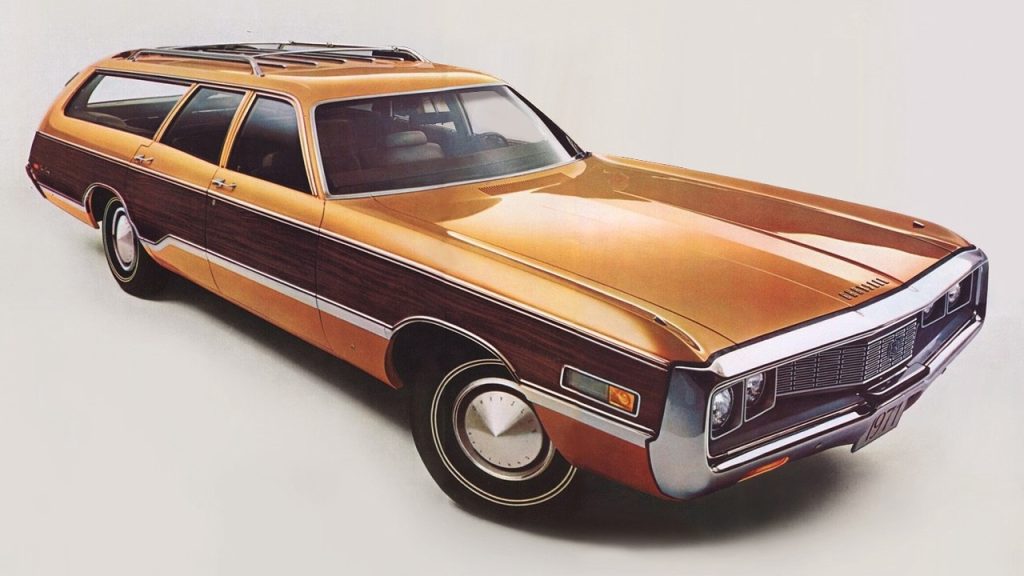
Why were station wagons popular?
Back in the 1950s and 1960s, the automotive market was much smaller. In other words, there were fewer segments. People seeking luxury could only resort to sedans and limousines; professionals could use pickup trucks and vans; and drivers looking for fun could choose between the performance of a coupé and the style of a convertible.
The current market offers minivans for purely family-oriented use, crossovers for those who want appealing design, and SUVs for light off-road fans. Station wagons used to take care of all those crowds. There was no other segment capable of taking at least part of its audience. That is one of the reasons why they used to sell so well.
Nevertheless, it would be unfair to say that station wagons were only popular because of necessity. A typical model is usually more engaging to drive than a minivan, more practical than a crossover, and more affordable than an SUV because it shares many parts with hatchbacks and sedans. They have qualities of their own as well.
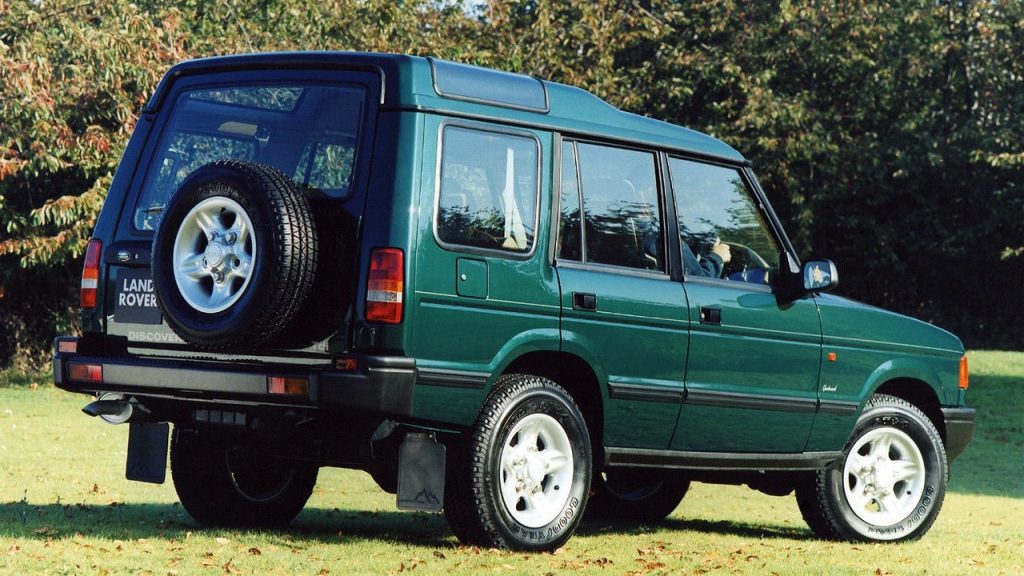
What are standard SUVs?
The very first generation of this segment. Models such as the Chevrolet Tahoe, Ford Explorer, and Nissan Pathfinder were developed to be halfway between a station wagon and a rugged off-roader like the Jeep Wrangler. They are roomy and no-frills as the former while retaining the capability and resistance of the latter. It was the first step to success.
The current trend started by simply replicating that SUV recipe in several sizes and prices. Over time, those SUV subdivisions started to fight for the attention of people who used to buy other body types and were happy with them. SUVs took over most of their sales, indeed, but not without copying to some extent what made them popular.
In practice, subcompact SUVs became sporty because of hot hatches; compact ones focused on family to fight minivans; the midsize models invested in their image and some luxury to compete with sedans… And standard SUVs seem to be taking inspiration in features that made drivers choose station wagons up to not so many years ago.

Why have standard SUVs changed?
Some people drive with children and/or other relatives, so they need family-friendly features like stowable seats and rear entertainment systems. They also often live in the suburbs, so the car should have long range and a smooth ride. Aside from that, imposing style is always good to impress the neighbors on the Sunday barbecue.
The demands which used to be fulfilled by station wagons have not changed a lot, so there was no reason for the cars which fulfil them to do so. The Toyota Sequoia and its direct rivals have all the features above plus modern ones such as fuel-efficient powertrain options and electronic safety systems which only add up to the same purpose.
Toyota’s situation is particularly interesting because it now has two brand-new standard SUVs. The Land Cruiser uses a global platform with several upgrades to offer serious off-road capability. The Sequoia, in turn, shares the Tundra’s local project and aims at offering huge internal room, fuel-efficient powertrain, and design and comfort niceties.
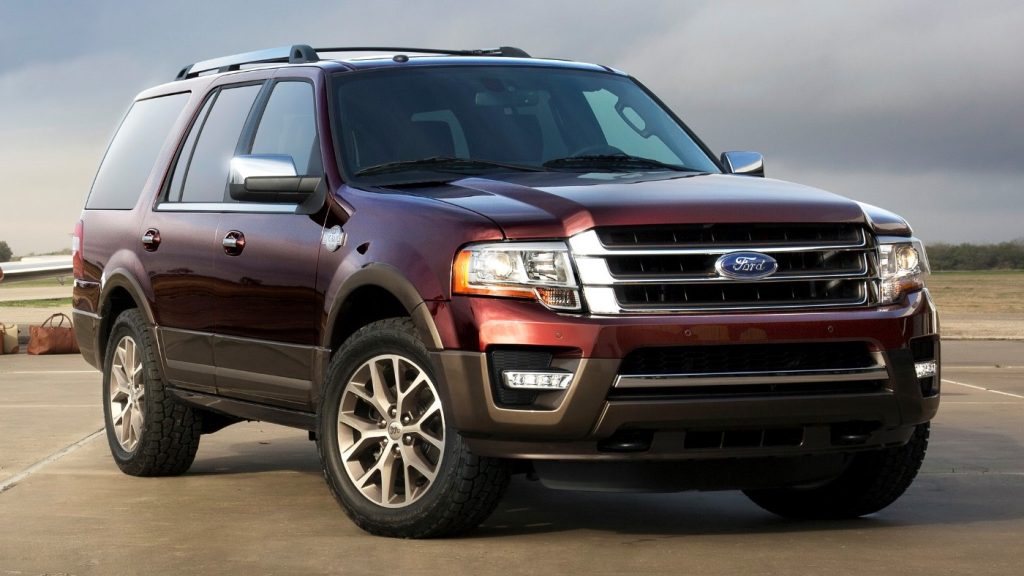
What can we expect from now on?
When you study classical physics, you learn the notion of reference systems; the most common is the Cartesian plane. In short, it marks the initial point of your study. If you are driving a car on a straight line, for example, the movement could be considered horizontal, vertical, to the West, or to the East depending on your system.
Let us take an SUV as the initial point, the car world’s standard. That way, we can see luxury models as we used to see limousines, subcompact ones just like hatchbacks in the past, raked-roof examples as coupés… Standard models like the Sequoia would be represented just like the traditional station wagons which used to be popular.
I am not saying that I enjoy that; as a car enthusiast myself, I support diversity in this industry. However, the SUV trend is there, and it does not show signs of fading soon. It can be comforting to see SUVs branching out like that because it means that people in general still have different demands and still insist in having them heard.
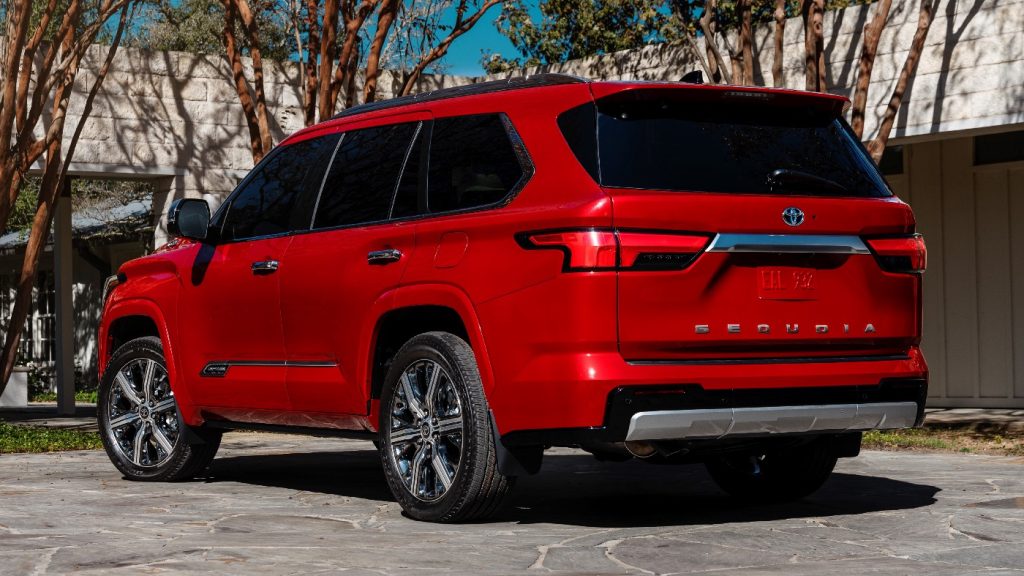
It goes without saying that this article shows an opinion of mine. It was based on observing the recent market trends, but it does not intend to express them as absolute truth at all. Now, I would like to hear about you. Do you share my vision or do you have different thoughts about the SUV evolution?
You may also like
Roof racks are one of the most important items in a typical SUV. We have published a list of the best models available on sale according to our reviews. Check it out!
Danillo Almeida has explored his passion for cars in two distinct ways. The first one is his graduation course in Mechanical Engineering, which will hopefully lead to a job position in the field. The other one is expressing his knowledge and opinions on the matter through writing. Almeida has already contributed to blogs, stores, and websites in general writing automotive content in many formats.

